Haas alumni model versions of retirement worth saving for.
Deary Duffie, MBA 84 (shown above), doesn’t like to think of himself as retired. Instead, he’s “in renaissance.” That’s because the former human resources executive and leadership coach is cultivating a thriving post-career life in his 60s.
“‘Retirement’ didn’t quite work, because that felt like an ending,” Duffie says. “‘Renaissance’ feels like a rebirth. And I really feel that—I feel I’m tapping into things I’ve wanted to do that I didn’t get to do in my corporate world.”
For Duffie, that’s meant spending long stretches of time in Italy with his partner, studying the language and culture; leading a career-development series for a local LGBTQ+ group; and offering professional-development advice in educational settings, including UC Berkeley. He gravitated toward these second-act endeavors after journaling in response to the prompts in Michelle Obama’s companion journal to her book, Becoming. In so doing, Duffie was refining a purpose for his reborn self: “What became clear is that I like developing others,” he says.
Duffie’s desire to approach retirement as a rebirth is growing more common as life expectancies lengthen with each generation. Longer retirement periods have caused some people to rethink their golden years and possibly work part-time for extra income or just to stay engaged. What’s more, many Americans are retiring earlier, a shift the pandemic seems to have hastened. Michelle Pollak, BS 00, a private wealth advisor with Pollak and Pollak Wealth Management, says that the desire to expedite retirement is a trend she’s seen among her clients—and it’s one that can bring up new challenges.
“The period we have to save for has grown larger, not only on the back end—due to life expectancy—but also on the front end, because people don’t want to work as long as their parents did,” Pollak says. “The amount to be accumulated must be that much larger.”
Living a retirement renaissance like Duffie’s requires long-term planning and saving—even when the milestone feels laughably remote. He and the Haas alumni whose stories are included here offer inspiration as to how it can be done. In many ways, their experiences look nothing alike—their ages at the time of retirement range from 34 to 69, their careers have spanned industries and income levels, and they’re now pursuing very different passions—but they all stress the importance of planning ahead in creating the second acts they’re enjoying today.
Breaking the Golden Handcuffs
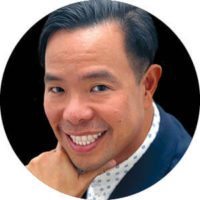 Sam Dogen, MBA 06, knew from his first month in investment banking that he didn’t want to spend his career working 14-hour days. So starting with his first paycheck, at age 22, he squirreled away 50% of his after-tax income. He also invested his savings in dividend-paying stocks and real estate.
Sam Dogen, MBA 06, knew from his first month in investment banking that he didn’t want to spend his career working 14-hour days. So starting with his first paycheck, at age 22, he squirreled away 50% of his after-tax income. He also invested his savings in dividend-paying stocks and real estate.
In 2008, the financial crisis slashed Dogen’s net worth by a painful 35%. Early the next year, he started a blog called Financial Samurai, as a way to process what was happening.
“I wanted to connect with other people who were suffering in the financial crisis,” Dogen says.
As his interest in the blog intensified, so did his desire to leave banking. But Dogen was in his early 30s, and even after saving aggressively, investing for over a decade, and amassing an annual passive income stream of about $80,000, retirement didn’t yet feel possible—at least, not until he devised the final piece to his early retirement: He negotiated his own layoff, with a severance.
“I had deferred compensation, so if I quit, I would get nothing,” Dogen explains. “That can become the golden handcuffs.” But by being laid off, Dogen found a key to his own freedom. His managers agreed, and in 2012, at the age of 34, Dogen retired and wrote a book about his experience called How to Engineer Your Layoff. He’s now a stay-at-home dad to his two children and recently published a second book, Buy This, Not That: How to Spend Your Way to Wealth and Freedom.
Though Dogen’s path to an early retirement was unconventional in many ways—and not available to many outside high-paying industries, like banking—steps along his path align closely with the advice that financial experts say apply to any retiree.
Professor Terrance Odean, the Rudd Family Foundation Chair, offers a few retirement rules of thumb: Start saving early—ideally, at least 20% of your after-tax income. If that isn’t yet possible, commit to saving half of the income from your next raise for retirement. Both he and Pollak also stress making a financial plan, which can project or help define your ideal retirement age and the savings required to comfortably achieve it.
“Whether you do it yourself or hire a financial planner, it’s important to understand the assumptions being made, why those assumptions are being made, and what could go wrong,” Odean says.
In another way, Dogen’s unconventional path can offer inspiration to people in much different situations. Greg Patterson, MBA 00, CEO of The Advisory Group, says he’s seeing an increase in clients who are widening their understanding of what retirement can look like—and when it can happen—and encourages others to think creatively about their own lives. Some of his clients, for example, are financially planning for mini-retirements lasting a year or so sprinkled throughout their careers. Patterson calls these breaks “mid-life gap years.” Some use them to recharge, connect with family, or prepare a career pivot.
“If smart planning and action now can make work optional sooner, why wait to have all of your extended free time at the end of your life, especially if you might be less mobile or have more health issues?” Patterson says.
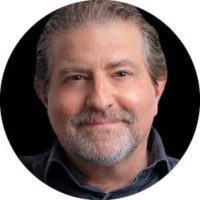 Learning What’s Next
Learning What’s Next
Financial planning is not the only thing future retirees need to educate themselves about. Art Altman, MBA 94 (shown right), needed to know how to transform a lifelong hobby into a small business.
Altman earned degrees in mathematics and computer science prior to attending Haas and was one of the early practitioners of artificial intelligence in the late 1980s. In the 1990s, he became a research program manager at the Electric Power Research Institute in Palo Alto, specializing in energy derivative asset valuation and risk management as well as energy-market modeling.
“If smart planning and action now can make work optional sooner, why wait to have all of your extended free time at the end of your life, especially if you might be less mobile or have more health issues?”
—Greg Patterson, MBA 00
When Altman left EPRI in 2011, he moved to New York City. He wasn’t yet thinking of himself as retired but found no job prospects that interested him. Fortunately, he had the freedom to be picky.
“I had saved and invested money systematically,” he says. “That meant I could take my time figuring out what I wanted to do next.”
Photography had always been a hobby, and he had a knack for portrait work. In New York, Altman met the man he considered one of the world’s best headshot photographers, and he helped Altman parlay his talent into a money-making endeavor. Now, Altman’s professional headshot business thrives on word-of-mouth referrals—and he says that he, too, is thriving. He only wishes he’d begun preparing for the transition sooner.
“I might have begun to learn about small business taxes and accounting, for example, thinking ahead to whatever I might do next,” Altman says.
Claudia Cohan, MBA 83, echoes the importance of thinking ahead. After many years in environmental nonprofits—including a period as the executive director of a wildlife museum—Cohan initially scaled back to part-time when she became a parent and her husband had a stroke and needed her care. She took a job in development at UC Berkeley, where she spent the next 17 years, including ten at Berkeley Haas.
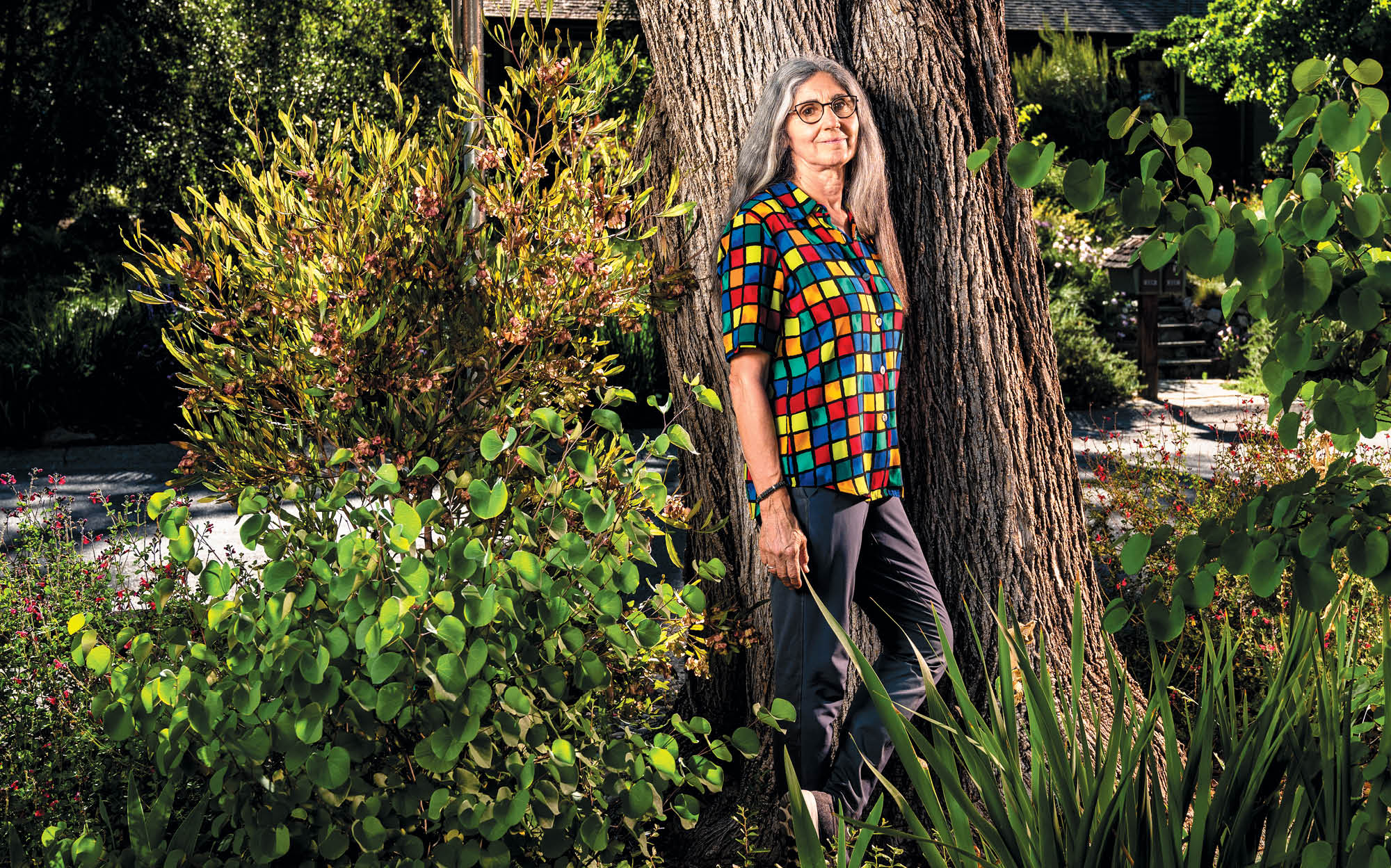
As retirement age neared, Cohan felt a growing pull to return to her earliest professional roots: She’d earned her undergraduate degree in plant science and had worked at a landscape nursery. Just before retiring, at age 66, she took a landscape architecture class at her local community college. Cohan did what Altman wishes he had: she started learning the necessary skills for her second act while nearing the end of her first.
“Two months before I retired, I took some vacation time and started the classes,” Cohan says. “I was pushing myself to make that transition.”
Since retiring, Cohan has launched her landscaping business, Shaped Scapes Design, and she now regularly works designing residential gardens, many of which are drought tolerant. And she’s just one semester away from earning her landscape architecture certificate.
“Two months before I retired, I took some vacation time and started [landscape architecture] classes. I was pushing myself to make that transition.”
—Claudia Cohan, MBA 83
Expanding Strengths
 Texas native Janet Long’s post-retirement life has flourished as she’s followed the strengths honed in her career into altogether new territory.
Texas native Janet Long’s post-retirement life has flourished as she’s followed the strengths honed in her career into altogether new territory.
Long (shown right), MBA 77, joined HBO in 1980—before the cable TV network had been rolled out nationwide. As she climbed the ranks in the account management group, she moved to Denver then San Francisco to work with regional and national cable system groups to launch HBO. She left the company in 1991 and started a management consulting firm in California. Her clients included Apple and IBM.
In 1998, at age 50, Long closed up shop to return to Dallas to assist her ailing parents. At first, she considered it a pause rather than retirement and made regular trips back to California. Then she discovered some family history that would soon bring her home: Her parents had been managing properties across Texas that had been in the family for generations—one since 1909. She started helping, and when her parents died, the properties became her main focus.
“I really see them as physical manifestations of the family roots,” Long says.
Long joined state organizations that helped her learn about the laws and other considerations involved in property management, including the Texas Forestry Association and the Texas Land & Mineral Owners Association. She learned of the importance of such organizations in her previous roles.
“My background in the cable industry included a lot of work with state and national organizations, places where information was shared,” Long says. “I saw how powerful that was.”
More recently, she’s stepped into local government in Dallas, where she now lives in her childhood home. Long was appointed to a task force by her city council representative to help with long-term land use and zoning decisions.
“I’m very concerned that in America, we’re not doing enough to provide housing for a range of incomes,” she says.
Focusing on Passion
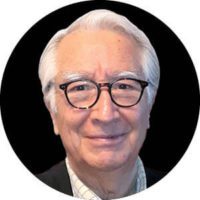 For Luis Montero, MBA 71 (shown left), retirement offered the chance to take the parts of his career that he most loved and transpose them onto a lifelong passion: music.
For Luis Montero, MBA 71 (shown left), retirement offered the chance to take the parts of his career that he most loved and transpose them onto a lifelong passion: music.
After earning his MBA at Berkeley, Montero returned to his native Chile and worked as an assistant professor of marketing at the University of Chile, the first of many teaching assignments throughout his career. In later years, Montero was appointed as a commercial attaché, representing Chile’s exporters in both the U.S. and the U.K. Montero enjoyed connecting Chileans with local importers—for instance, by organizing wine tastings and food exhibitions. He “retired” at 69, continuing to teach part-time at the university level, but Montero now had space for something both new and familiar.
“My whole life I have enjoyed a real passion for music,” he says, “but I didn’t have the chance to take formal music classes as I would have liked.” Montero began teaching a popular music class for seniors in his community. But he realized that to truly reinvent himself, he’d have to fully retire—meaning no longer teaching college courses—and focus solely on music. He now teaches a Musical Dynamics course for seniors in his Santiago neighborhood. He works to cultivate an environment where his students can connect to something new, just as he did as an attaché. If anything, Montero wishes he’d incorporated music into his life sooner.
“If there’s a cultural or professional area, beyond your career, that you think could be a passion for you, follow it,” he advises. “It will make you and others happy all your life.”
Earning it
Mitch Fong, MBA 91 (shown below), is an advocate for not following the common playbooks in deciding what a career or a retirement should look like. Instead, he’s an advocate for radical self-honesty—perhaps because he avoided it for so long.
“During my time in financial services—and I think this happens a lot—I just did the next logical thing: Try to get a promotion, try to get a raise. I never really asked, ‘What do I want to do?’”
—Mitch Fong, MBA 91
Fong emerged from business school eager to find a job that paid well. His parents—a public school teacher and Caltrans engineer—raised Fong and his brother with the expectation that they’d be self-sufficient. He took the first job he was offered, which was in financial services, and stayed in the industry for almost 25 years, though he never found it particularly fulfilling.
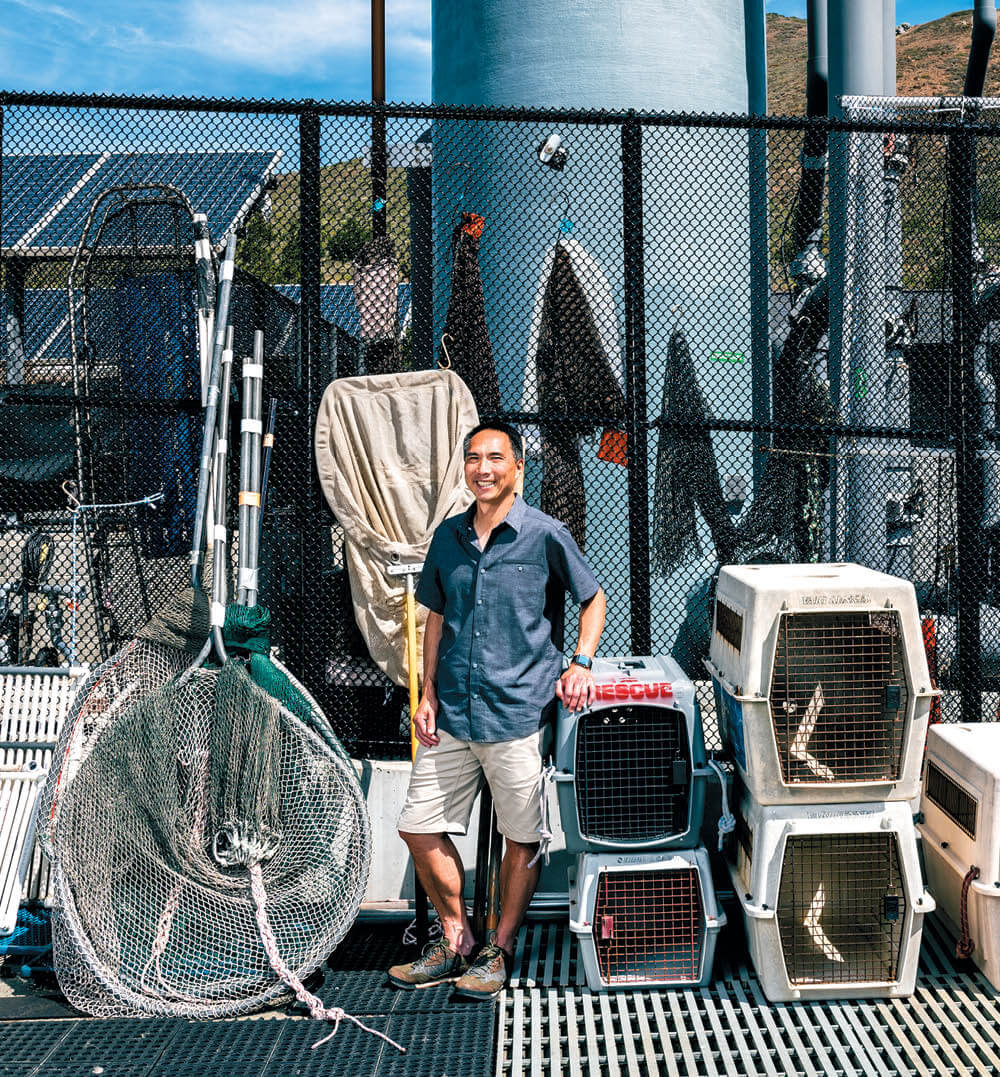
“During my time in financial services— and I think this happens a lot—I just did the next logical thing: Try to get a promotion, try to get a raise. I never really asked, ‘What do I want to do?’”
Eventually, Fong began to see an answer to that question: He loved adopting dogs and taking care of animals. He’d started saving early, following the example of his parents, who themselves retired in their early 50s. So when Fong was 48, he retired.
By that point, Fong had been volunteering for 10 years at The Marine Mammal Center in Sausalito, California, caring for seals and sea lions. Upon retiring, he stepped into a volunteer role in the nonprofit’s development department while continuing his work with animals. He finally feels fulfilled.
“We are the largest marine animal hospital in the world,” he says. “No one restrains and tube-feeds more elephant seals than I do. It’s a kick and a half, and I’m loving retirement.”
Fong says as liberating as it has been to pursue his passions, it has also been terrifying at times.
“Leaving work can be unsettling,” Fong says. “I’d just say, be kind to yourself. It’s okay to say ‘I have enough, and I don’t need more.’ It’s okay to sit for a whole day with a book. You earned it.”
